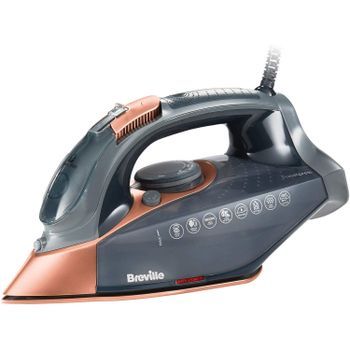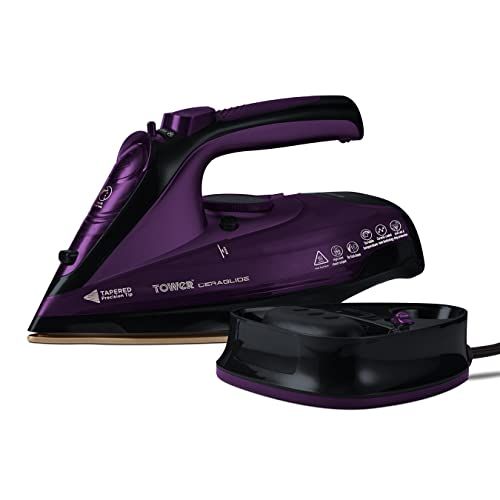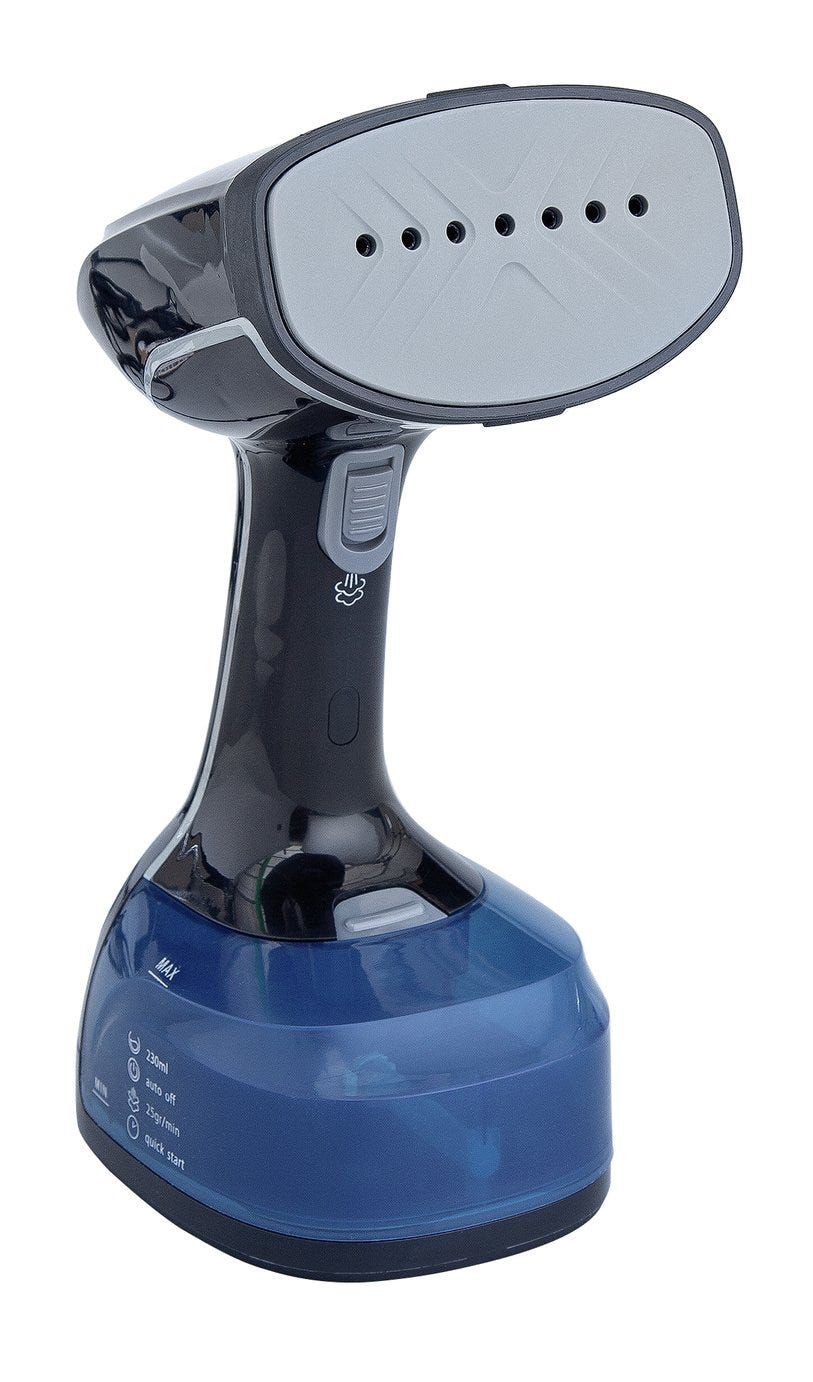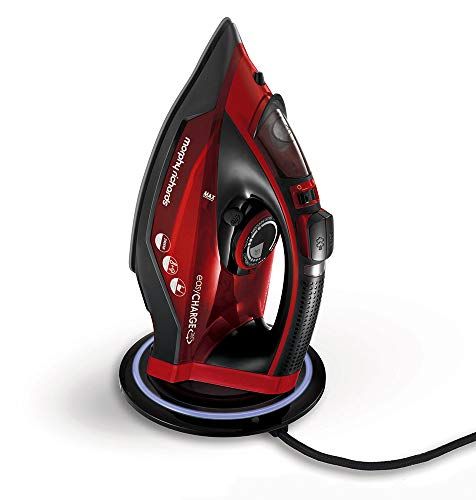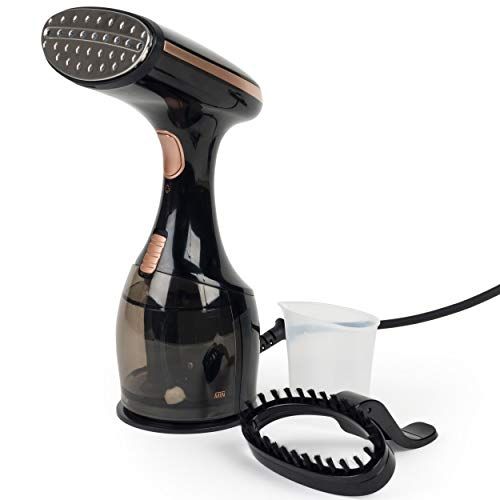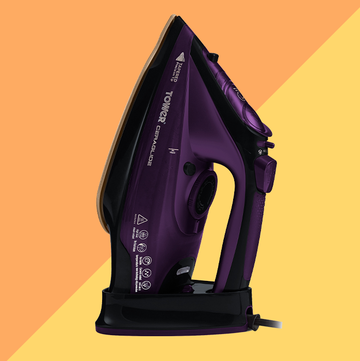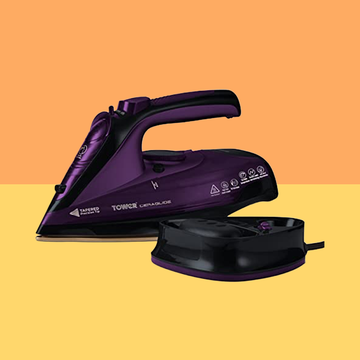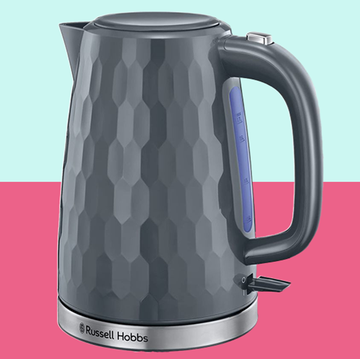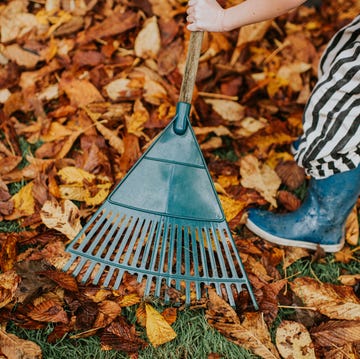Love Good Housekeeping and want more of our Triple-Tested recipes, home tips, fashion inspiration, essential consumer advice and so much more delivered to your inbox? Sign up to our FREE weekly newsletters, sit back and enjoy!
In a recent survey we conducted with Good Housekeeping readers to celebrate 100 years of the GHI, we discovered that ironing ranks high on the list of most dreaded household chores. Outranking laundry, vacuuming, and even cooking. In fact, 16% of respondents said they’d wave a magic wand to have their ironing done instantly.
But here’s the thing: a well-maintained iron can actually make the job quicker, easier, and far more effective.
What to read next
If your iron is spitting out rust-coloured water or leaving strange stains on your freshly laundered clothes, it’s probably time to descale your steam iron. Most brands recommend cleaning it every 1 to 4 months, depending on how frequently it’s used.
Not sure where to start? Don’t worry, our expert tips have got you covered.
4 signs your iron needs descaling
• Is your iron spitting out white limescale particles or chalky residue?
• Is there sticky gunk on the soleplate (the hot metal base), especially from synthetic fabrics?
• Does your iron drag instead of gliding smoothly?
• Are there mystery marks or stains showing up on your clothes after pressing?
If you answered yes to any of the above, it’s time for a deep clean. Ignoring the problem could damage your garments, or the iron itself.
How to get rid of soleplate gunk
To remove baked-on residue or fabric gunk from the base of your iron, start by wiping the warm soleplate with a clean, damp cloth. We recommend using an e-cloth or microfibre cloth for best results.
If you have dryer sheets, you can use them to buff away grime too—just switch the iron to a low setting and gently rub the surface while it’s still warm.
Another effective trick? A small dab of white toothpaste on a damp cloth can lift stubborn build-up. Make sure to wipe clean with a fresh cloth afterward.
Avoid abrasive cleaners, which can damage the soleplate’s protective coating. If you prefer a ready-made solution, we recommend Faultless Hot Iron Cleaner, which is GHI-approved.
How to descale your iron
Most modern steam irons feature a self-clean or “anti-calc” function. Use it regularly, following the instructions in your iron’s manual.
For a more thorough clean, fill the reservoir one-third full with a 50/50 mix of distilled white vinegar and water. Turn the iron on to a medium heat setting and allow it to steam for 5 to 10 minutes, letting the vinegar break down any internal build-up.
Once done, rinse the reservoir with clean water, refill, and run the iron again to flush out any remaining vinegar or residue. Let it cool, then wipe the base and steam vents with a paper towel.
Note: Always check the manufacturer’s guidance first, as not all models are designed for use with vinegar.
How to unclog steam iron vents
If your iron’s steam vents are blocked, a cotton bud dipped in a vinegar-water solution can help clean them out gently.
To prevent future build-up, always empty the water tank after use, and leave the cap open to air dry completely. This stops limescale and bacteria from forming—especially useful if the iron won’t be used for a while.
If you’re dealing with a more severe build-up, try using a dedicated descaling solution like Oust All Purpose Descaler. Follow the product’s instructions for safe and effective results.
How to clean steam generator irons
Steam generator irons typically come with built-in anti-scale systems or scale collectors, making regular maintenance easier. For best results, refer to your user manual and clean it according to the manufacturer’s instructions.
You can clean the soleplate on these models the same way as a regular steam iron—just avoid harsh scrubbing or abrasive tools.
How to keep your iron clean
To keep your iron performing at its best, check it regularly for residue on the soleplate or signs of clogged steam holes. Don’t forget to empty and air-dry the water chamber after every use to avoid limescale and funky odours.
And if your iron is dragging rather than gliding, you may be using the wrong temperature for your fabrics. Here’s how to fix that:
- Sort your laundry by iron temperature, using the care labels for guidance.
- Use the dot system: one dot = cool (synthetics), two dots = medium (poly-cotton), three dots = hot (cottons and linens).
- Start ironing with the coolest fabrics first, and work your way up to the hottest. That way, your iron has time to heat up between items—and you’ll avoid accidentally scorching sensitive clothes.




